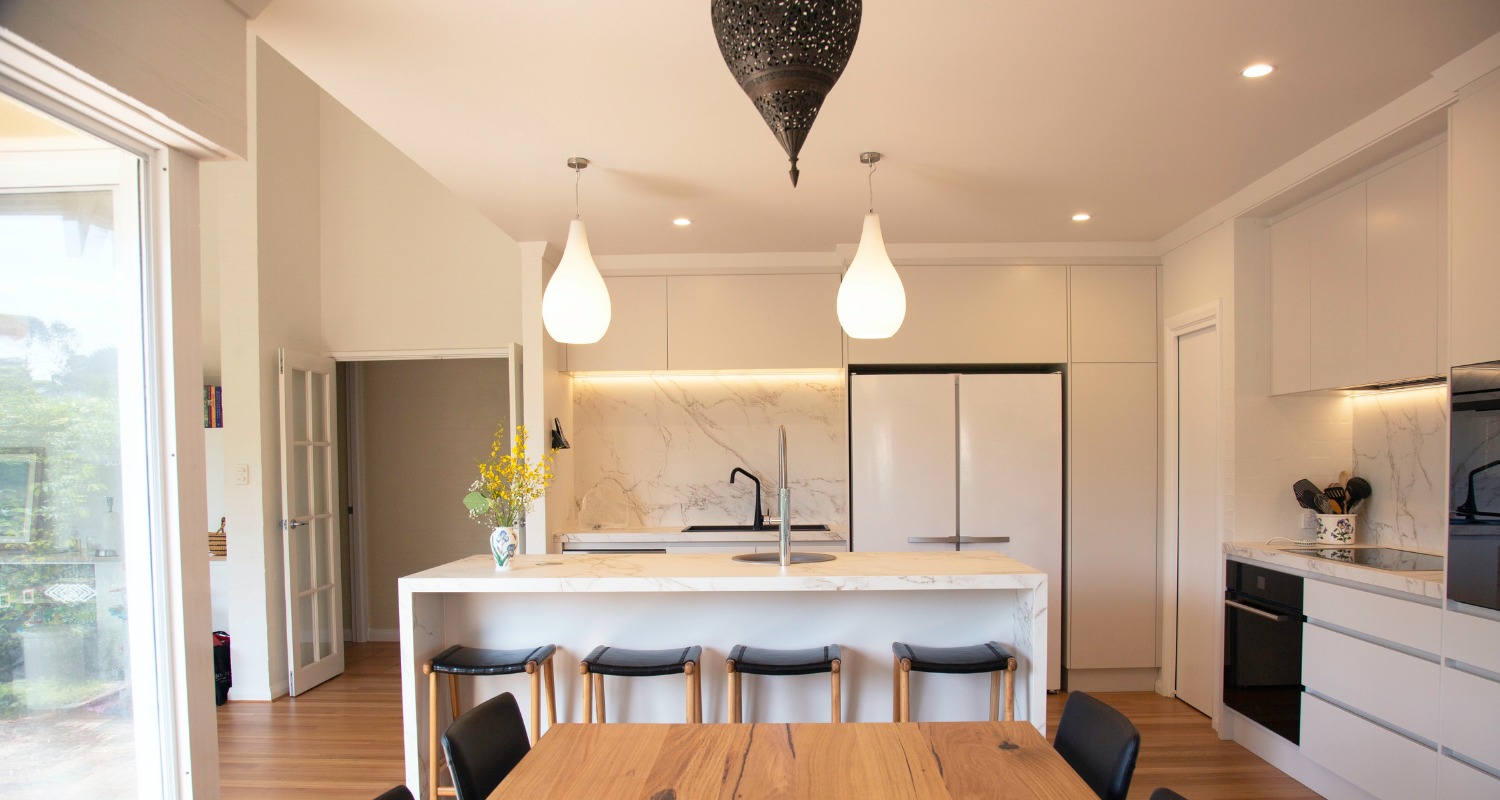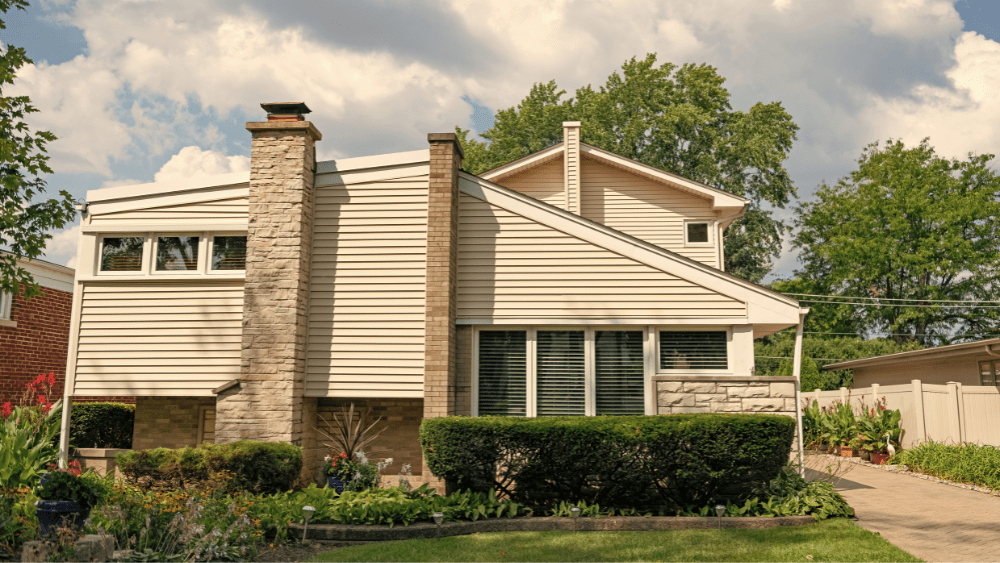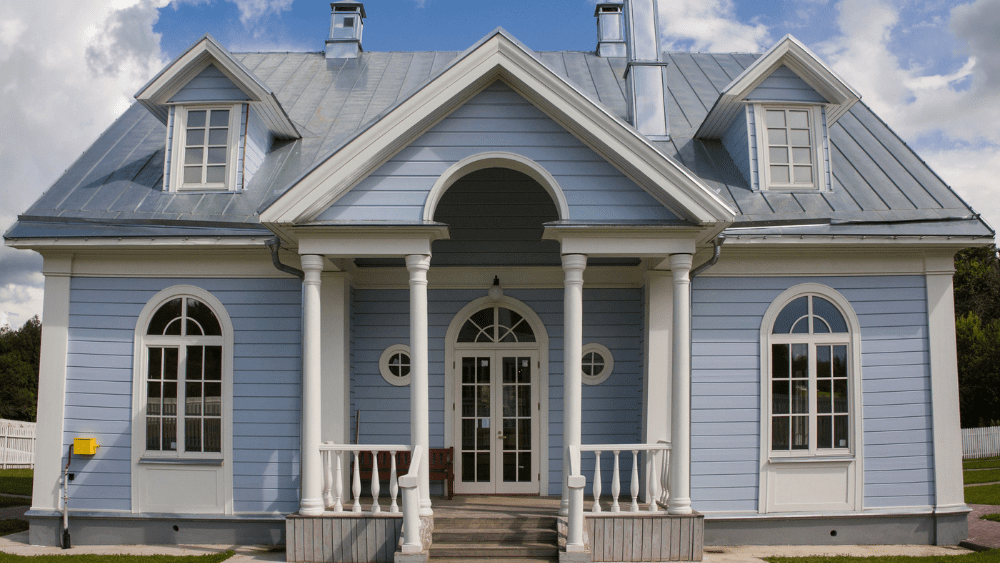
A dining room chandelier — the crown jewel of your home — convinced potential buyers to write an offer because they fell in love with it. Hey, wait a minute! You’re only selling the house, not the chandelier, and don’t want to leave your treasured heirloom behind. But, if it’s considered a fixture when selling a house, the buyer could be correct in thinking your gem should glisten over their future family dinners. We have done extensive research and interviewed top real estate agents Deana Corrigan from Doylestown, Pennsylvania, and Colleen Toner from Lynn, Massachusetts, about fixtures. Corrigan and Toner are both top-rated home sales experts, working with over 75% more single-family homes than the average agent in their areas. Both agreed to share their expertise in determining what a fixture is, and all the things a seller should know before opening their home to potential buyers. A fixture is typically defined as an object that is physically attached to real property that would require tools to remove it. The way this item is attached is usually with nails, screws, bolts, adhesive, pipes or cement. A fixture is intended to become part of the property and not easily detached. For example, a dishwasher that’s built into your kitchen cabinet would be considered a fixture. Compared to a portable dishwasher that moves freely and would be personal property that can roll off to your next home. For outdoor landscaping, trees that are physically planted into the ground are considered fixtures. Compared to potted plants that could be carried out without digging them up. Sometimes there are gray areas if an object qualifies as a fixture or not, such as a wall-mounted television. Because part of the TV bracket is physically mounted to the studs, but the television itself is held by other parts of that bracket extending from the wall. Corrigan explains, that is why TV brackets will often stay with the house, and the television itself will be removed. Unless the seller decides to include both items as part of the sale. In most cases, legally, a fixture is personal property that is attached to real property and becomes a fixture. How this is determined varies in each state and is usually spelled out in the purchase agreement. “As a listing agent, we have to prepare a multiple listing service informational sheet once the property is on the market. And at that time is when all buyers and buyers agents assume, or have the understanding, that a fixture is anything that is built in or attached. In our purchase and sales agreement, there’s also a paragraph that specifies fixtures,” Toner explains. MARIA is an acronym that is often on real estate exams and referenced by many agents in helping to determine if an item is a fixture or not. The five tests below are useful in helping to clarify each situation. M – Method of attachment: How is your fixture attached to the property? If tools are needed to attach the item to the property, then it’s typically considered a fixture. A – Adaptability: Is the fixture an integral part of the property? For instance, a toilet that is bolted to the floor and not easily removed is expected to stay as part of the house. R – Relationship of the parties: What is the relationship of the parties for this transaction? In a buyer/seller relationship this would usually mean the buyer expects fixtures that are attached to be included in the sale. As opposed to a landlord/tenant relationship, when a tenant installs a shelf, it typically goes with them, and the landlord doesn’t expect it to stay as part of the property. I – Intention: When the object was originally attached, was it supposed to be temporary or permanent? If the intention for the item was to be permanent, then it would usually be considered a fixture. A – Agreement: Does the buyer and seller state the object is a fixture in their agreement? If both agree the item is a fixture, then it’s generally considered one. Corrigan says that if a seller wants to keep their chandelier or other item that is considered a fixture, she recommends removing and replacing it with something else prior to putting the house on the market. “What I basically tell them is anything they want to take that’s attached, take it down now, so no one sees it,” says Corrigan. By doing this, the buyer won’t be expecting a particular fixture to be part of the sale. Corrigan also cautions sellers not to take everything nailed down and really consider what’s important to them. Because you don’t want to remove all the best features of your house and make it harder to sell. Also, if you decide to take certain items and it leaves a big hole (e.g., no wood stove and only the ceiling pipe remains), the buyers might hesitate to submit an offer, knowing they have to buy a replacement.What is a fixture?
The legal definition and the five tests of a fixture
What are the most common fixture misunderstandings?
What are the most common examples of fixtures? (Real property) – attached
What things are not considered a fixture? (Personal property) – unattached
What things can go either way? (Attached or unattached)
What if you want to keep your fixture?



